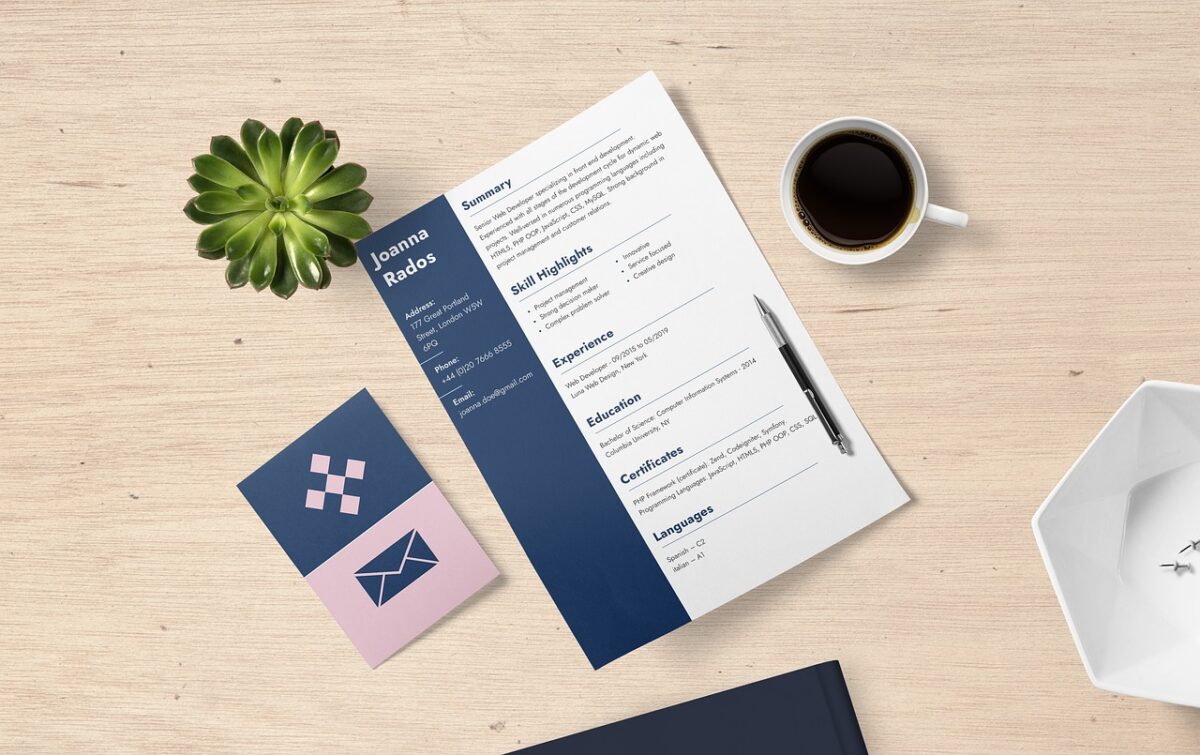5 Common Mistakes Made When Writing Job Descriptions (And 6 Tips!)

Any line manager looking to attract the best talent will need to invest some time in creating an engaging job description. Far too often we see job descriptions that have been put together in 10 minutes whilst having their morning coffee. That lack of effort is apparent and will turn off candidates and the very first point of engagement. First impressions really do matter!
Outlined below are some pointers on how to create an engaging job description and maximise your chances of recruiting the best staff. We recommend starting with a job description template, adding in everything that makes your vacancy and company unique, and a great place to work.
Job title
Don’t try to be clever or quirky with the job title. Use job titles that people can actually understand and what gives a true reflection of the role. Job titles can be ambiguous and cover a multitude of disciplines, so make sure that the job title is clear and concise. Also, be aware of the level of seniority for the vacant position and whether the job title gives a true reflection of where the role is pitched at. Failure to get this right may lead to salary expectations that are too low or too high.
Language
The language and tone of the job description can also have a huge impact on attracting candidates. Obviously, this needs to be in line with company culture and ethos but try to make it clear, easy to read and humorous where appropriate. Speak to the candidates like you are speaking to them in person so they can actually visualise themselves in the role.
Describe Responsibilities
Help candidates understand what a typical day would look like. Describe responsibilities into short and concise job duties e.g
- Manage 500 FTE’s
- Set KPI’s for line managers
- Measure efficiency and ROI
Ensure that all stakeholders are clear on what is the role responsibilities are to avoid conflict later in the hiring process.
Recommended reading: How To Define What People Do In Their Roles.
Selling The Job
Candidate’s need to know that they are leaving their job for a better job. They need compelling reasons to give up what they have developed with their current employer. This is an opportunity to let candidates know about how important this role is to the business, what success looks like in the role, how they will be rewarded, what career progression is on offer, training & development etc.
Selling The Company
Applicants need to know how great your company is, so doesn’t be afraid to let them know. You can talk about growth and profit etc., but candidates are more interested in company culture, teamwork, working environment, company incentives, company awards and staff retention. Put employee testimonials on your job description from people relative to the role the job description is recruiting for.
Skills Required
Getting down the correct skills required within the job description is paramount to attracting the right candidate. Make sure all the stakeholders are agreed on the ‘must-have’ skills for a specific role. Be realistic and don’t ask for too much. Appreciate what skills you are asking for fall in line with what the role is and the level it is pitched at.
Recommended reading: What Are The Duties, Tasks, And Skills To Include In Job Descriptions.
Writing a job description?
We have produced a template to help you create the perfect job profile. We can also send you job descriptions, just enter the job title required and we will share.
What would you like?
[mautic type="form" id="17"]
The No’s When Writing A Job Description:
Discrimination
Every company should by now have an equal opportunities disclaimer. If you don’t, get one now! Be conscious of what you are asking for in the skills required section as putting ‘X years experience’ will discriminate against younger more talented candidates. You also need to be conscious of not having words which may imply gender bias e.g barman should be bar worker. Textio is a great tool to help recruiters and line managers create gender-neutral job descriptions.
Asking For Too Much
Don’t ask for unrealistic requirements in the job description as they will be off-putting for candidates. More often than not job descriptions put too much in the skills required section rather than what is actually required for a candidate to be able to do the role successfully. Identify what is required and what can be learnt in the role so that the job description only includes the ‘must-have’ skills
Being Negative
The job description should be written in a positive tone throughout. Do not write ‘candidates will not be considered unless they have X, Y, Z’. It portrays the company as being superior to the candidate and will damage the employer brand.
Neglecting The Structure Of The Job Description
Be conscious that many potential candidates will be viewing the job descriptions on their mobiles or tablets so the job descriptions need to be responsive. They need to be easy to read, divided into sections with bullet points and concise instructions.
Being Mysterious
Make your job descriptions intriguing but avoid them being mysterious. You want candidates who apply for the position to be clear on exactly what the role is and what is required. Make sure you are upfront about the skills that are a necessity to avoid disappointment later in the process.



